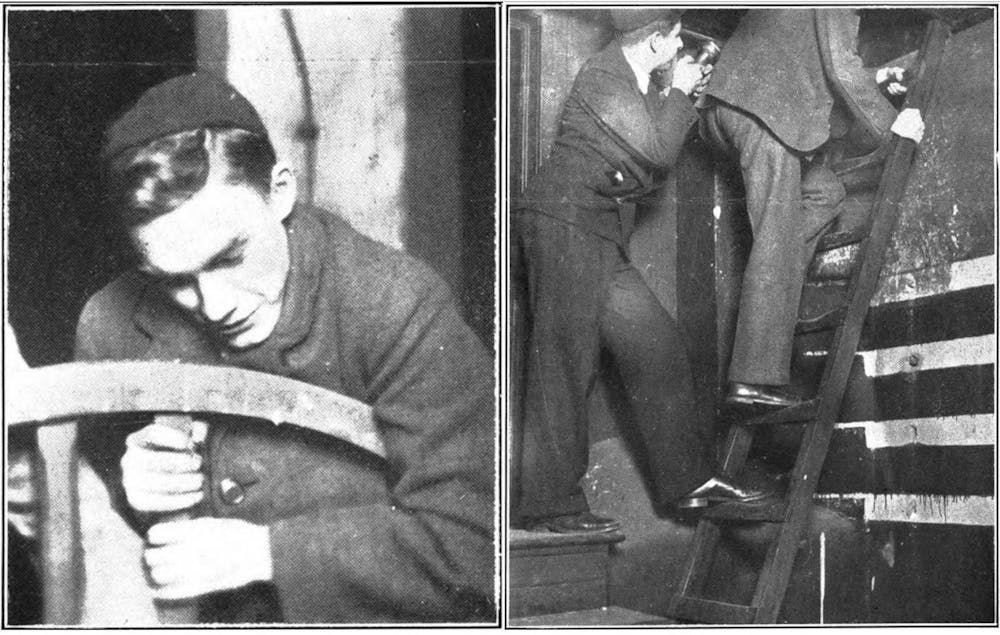“Every Freshman is required, as a matter of courtesy, to go around and introduce himself to Mike, Frank and Harry, at some time within the first two weeks,” wrote a 1931 column titled “Message to our Freshmen.”
To welcome the “now full fledged members of that great entity called Princeton,” the ‘Prince’ in 1931 shared some key tips for success and survival within the FitzRandolph Gates to the incoming class of 1935. In a satirical supplement to the “Freshman Bible,” a student handbook published by the ‘Prince,’ the author of the paper’s humor column offered essential tips on attire, transportation, and communication with classmates.
Recalling the age-old first-year experience of walking past fellow classmates on the way to class, unsure of whether to wave, say hello, or avoid awkward eye contact, the ‘Prince’ provided some much-needed guidance to the incoming class. They wrote, “It is customary for all Freshmen to speak to other Freshmen, except (a) when you don't know the other Freshman, (b) when it’s dark and you can’t see him very well, and (c) when you owe the other Freshman some money.”
The ‘Prince’ also advised courteousness toward the upperclassmen: “seniority of class determines the possession of the sidewalk; therefore, Freshmen should get off the walk for every other class except when the duckboards [wooden paths covering puddles] are up.”
The guide also outlined standards for dress and pedestrian traffic rules, writing that “the regulation head-dress for Freshmen is a black skull-cap which should be worn all the time and on the front of the head. After the first three weeks, it should be worn on the back of the head. When smoking cigarettes or walking on the grass, it should be worn in the back pocket.”
This tip called on the tradition of wearing a black cap that stemmed from the 1890s, when it was decided that sophomores would order first-years to wear visored black skull caps, ties, and shoes to encourage camaraderie and distinguish the newest class.
Prior to the 1938 establishment of Princeton’s first orientation committee, incoming students of yesteryear relied on the Prince for guidance, but first-years today can expect a more structured integration into campus life. Reflecting on the over 10 days of programming and events that continue well into the year, first-year Marjia Zasra ’29 shared that going through orientation “showed you what was up,” and small-group orientation trips helped you meet people. But when it came to Princeton culture, Zasra felt “thrown in,” wishing she knew more about Princeton events at the start of the year.
While today’s FYRE events educate first-years on key academic and residential living Princeton policies, the ‘Prince’ instead told the first-years in 1931, “the riding of bicycles by Freshmen is forbidden except for the one set aside for the use of Princetonian candidates,” specifying this as an “(Advertisement Daily Princetonian).”

The Diogenes’ Lamp column closed with a helpful list of reminders, urging freshmen to respond to an enclosed questionnaire, “without delay,” checking in on the status of their transition:
“(1) Have you signed up for your laundry yet? (2) How are you fixed for pressing? (3) Have you signed up for the Shoe Shop yet? (4) Have you had your trunk hauled yet? (5) Did you have a good summer?”
Jillian Ascher is the Associate Archives Editor.
Please send corrections to corrections@princeton.edu.









